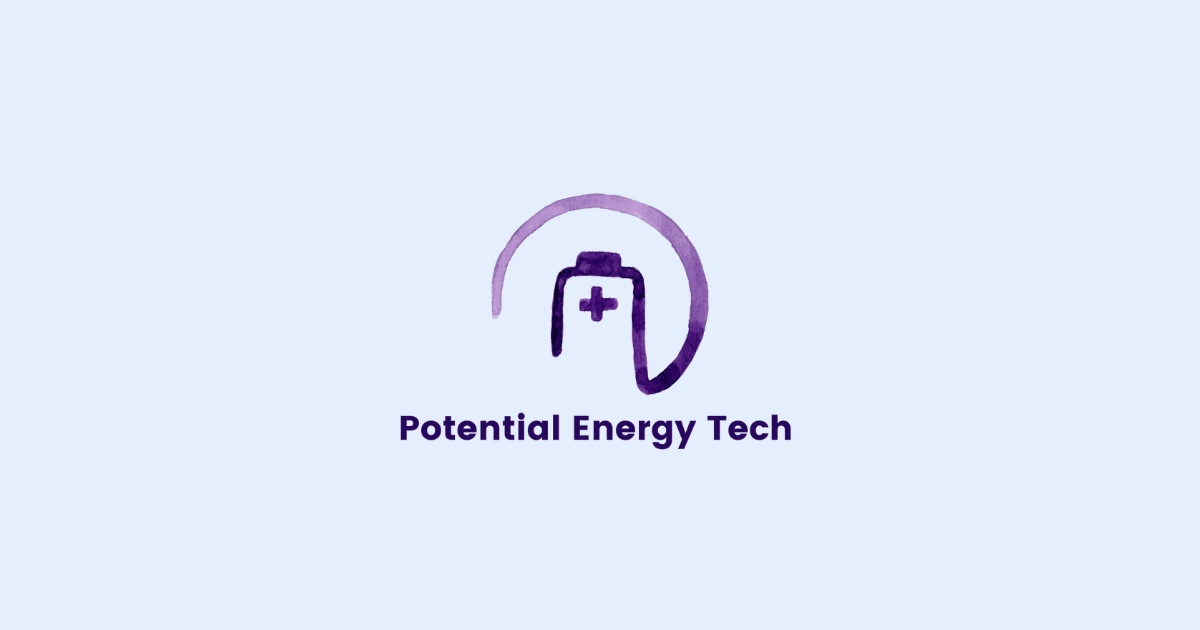We have almost made it to the gorgeous holiday trifecta of gluttony and consumerism: Thanksgiving, Black Friday, and Cyber Monday. We will be skipping our newsletter next week in preparation for the big feast. What do you think, should we do a battery themed gift guide for you nerds for the upcoming holiday season?
Let’s analyze the players already in the game for the $2.1B cathode active material market in the US. Note: some government contracts have been readjusted since we started this analysis, with Mitra Chem awarded money and ICL and Ascend not as lucky.
For some context the cathode is the battery’s positive electrode and biggest cost driver: around 50% of the cell price.
The Players
6K - NMC, LFP, LLZO, LMO, LTO, LNMO, and silicon anode. domestic U.S. supply chain for CAM that uses both pristine and recycled feedstock
Daqus Energy - organic, transition-metal-free cathode materials (Li-ion and Na-ion)
Fermi Energy - Gen-1 CAM that is replacement for NMC/NCA chemistries, and Gen-2 CAM more similar to LFP and LMFP
HiT Nano - NMC & NCA; coating tech and pilot scale U.S. facility. NMC811 data available on their website
Mitra Chem - LFP and LMFP; using machine learning to accelerate lab-to-production infrastructure. Unclear how domestic the supply chain is, China was mentioned in a recent webinar
NiCAT - Custom Ni hydroxide, NMC, and NCA chemistries
Sparkz - Domestic U.S. production and supply chain of LFP cathode-active materials (FeCAM™)
Stratus Materials - Proprietary “LXMO™” chemistry: manganese-rich, cobalt-free CAM
Sylvatex (SVX) - A water-free CAM production route that cuts CapEx, OpEx, and environmental footprint
TexPower - Domestic supply of LFP, LMFP, NMC, and NMA
Wildcat - US made cathodes: LFP, LMFP, and DRX (disordered rock salt)
The Game
The goal is simple but brutal:
Capture enough domestic market share before a foreign producer onshores and potentially swallows the whole pie.
Given the geopolitical climate, it’s telling that one major foreign pilot plant already pulled the plug. Silver lining? Absolutely. But also: huge red flag.
And the lingering question for everyone:
How “domestic” does a supply chain need to be before we can actually call it domestic?
Is U.S. synthesis enough? Do precursors count? Does mixing imported precursors with U.S. processing qualify?
Right now… it depends who you ask.


